Summer in the Philippines can be a love or hate situation. It brings sunshine, warmth, and for many, a renewed focus on spending time outdoors. We finally get to go on vacation, visit the beach, and just unwind in general. But the sweltering heat is sometimes just too much to bear – let alone enjoy being outdoors. It can also be harsh on the skin, and for those with pekas (melasma), it can be a trigger for worsening symptoms.
Pekas (melasma) is a skin condition characterized by brown or gray patches to form on the face, typically on the cheeks, forehead, and upper lip. While melasma itself is harmless, it can be a source of concern for many individuals, particularly during the summer months when sun exposure tends to exacerbate pigmentation issues.
The sun and melasma
Sun exposure is a well-established trigger for many skin problems including melasma. UV rays from the sun stimulate melanocyte production, leading to excess pigment and darkening of affected areas. People with lighter skin tones and those from areas with high sun exposure like the Philippines and other tropical countries are more prone to melasma. UV rays can also induce inflammation in the skin, further stimulating melanin production and worsening melasma.
Sun exposure is not the only culprit when it comes to triggering or worsening melasma. There are also other things to consider and take into consideration. Factors like hormonal changes, such as those occurring during pregnancy or while taking hormonal medications, can also contribute to melasma. These hormonal fluctuations can increase the sensitivity of melanocytes to UV radiation, further exacerbating pigmentation issues.
Recent research has also highlighted the role of visible light, particularly high-energy visible light (HEV) or blue light, in triggering pigmentation disorders like melasma. HEV light can penetrate deeper into the skin and activate melanocytes, leading to melanin production and pigmentation changes
12 Ways to Prevent Melasma from Getting Worse this Summer
It is no question by now that the sun can be a major factor in melasma. But having pekas (melasma) doesn’t mean you miss out on getting to enjoy the sunny days. Below are some effective strategies to prevent melasma from worsening during the summer.
Sunscreen is non-negotiable: Apply sunscreen with SPF 30 or higher every single day especially when going out and sun exposure is inevitable. Even on cloudy days, wearing sunscreen is as important. Look for broad-spectrum protection to shield your skin from both UVA and UVB rays. You can also opt for tinted sunscreen or sunblock that are popular today so you can skip the heavier foundation and makeup.
Reapply your sunscreen: Remember to also reapply throughout the day, more so if you are swimming or engaging in activities under the sun. Sunscreen gradually breaks down and becomes less effective with exposure to sunlight, sweat, and environmental factors. Reapplication ensures consistent protection. Follow the two hour rule where you need to reapply sunscreen every two hours, especially during prolonged sun exposure or activities that cause sweating or swimming. This practice helps maintain the sunscreen’s SPF and coverage.
Wear protective clothing: Opt for clothing that provides UV protection, such as wide-brimmed hats, long-sleeved shirts, and sunglasses with UV protection. This can add an extra layer of defense against sun-induced pigmentation.
Avoid sun exposure during peak hours: Limit sun exposure, especially during the midday hours when the sun’s rays are strongest, typically between 10 am and 4 pm. If you need to be outside, make sure to take precautions and wear sunscreen and protective clothing.
Seek shade: When outdoors, seek shade as much as possible. Better yet, bring your own shade – an umbrella! And no, you don’t need to splurge on the more expensive ones that are claiming to block UV-rays. A 2013 study actually found that even the worse performing umbrellas can block up to 77% of UV rays. However, black umbrellas performed best blocking 90 to more than 95% of UV rays during. Bottomline, black umbrellas are best, but all umbrellas can be good during the summer – just not the clear ones!
Beyond Sun Protection: Additional Strategies for Melasma Management
While sun protection is paramount, there are other strategies that can help manage melasma and prevent it from worsening during the summer. Taking into consideration other factors such as lifestyle and environmental triggers, below are more ways to keep melasma at bay this summer.
Consult a dermatologist: A dermatologist can create a personalized treatment plan for your pekas (melasma), which may include topical medications, such as melasma creams that contain hydroquinone, kojic acid, or azelaic acid. Oral or systemic treatments are also great options. Laser treatments may also be an option in some cases.
Maintain a healthy lifestyle: Stress, hormonal fluctuations, and certain medications can contribute to melasma. Aim for a balanced diet, regular exercise, and adequate sleep to promote overall health and potentially improve your skin’s resilience.
Minimize triggers: Certain cosmetics and skincare products can irritate the skin and worsen melasma. Look for gentle, fragrance-free products formulated for sensitive skin. Consult your dermatologist about any products you’re unsure about.
Hydration is the key: Staying hydrated is crucial throughout the year, but especially during summer months when heat and sweat increase water loss. Drinking enough water is so important not only for the skin but for your overall well being. Excessive heat brought by the summer season can cause dehydration. Dehydration leads to dry and flaky skin, and could exacerbate skin conditions such as acne and in one way or another worsen melasma. Dehydrated skin can appear dull and exacerbate the appearance of hyperpigmentation. By staying hydrated throughout summer, you can avoid any unwanted health issues and keep your skin healthy and radiant.
Adjusting your skincare: Summer often necessitates adjustments to our skincare routines. Swap heavy creams for lightweight, oil-free moisturizers to prevent clogged pores, especially in hot and humid weather. It is also important to avoid harsh scrubs and opt for gentle chemical exfoliants, like AHAs (alpha hydroxy acids) to remove dead skin cells without irritating the skin and consult your dermatologist for guidance on appropriate exfoliating products. Mineral makeup is often gentler on the skin and can provide good coverage for melasma patches. Look for products labeled as “non-comedogenic” to minimize the risk of clogged pores.
Give your skin that antioxidant boost: Free radicals can cause cellular damage that can wreak havoc to your skin cells and result in hyperpigmentation. Studies suggest that using skincare products containing antioxidants like vitamin C and E might help protect against sun damage and improve the appearance of melasma.
Addressing the problem from the inside: The best way to prevent any problem from getting worse is by getting to the root of it. Similar to melasma, treating it is the best way to prevent it from worsening – summer or not. The good thing is that there is actually an oral medicine for pekas (melasma) available in the market. Pynocare is the first and only FDA-approved and clinically-proven oral treatment for melasma. It contains a combination of powerful antioxidants and vitamins that addresses melasma to its core.
Pynocare – keeping melasma at bay
Pynocare contains Procyanidin + Ascorbic Acid (vitamin C) + Betacarotene (vitamin A as D. salina extract) + d-Alpha-Tocopheryl Acetate (vitamin E), all powerful antioxidants working together to address melasma. These antioxidants help neutralize free radicals, which contribute to skin damage and pigmentation irregularities like melasma. They also have anti-inflammatory properties, which can help reduce inflammation in the skin. Inflammatory processes can worsen melasma, so controlling inflammation is beneficial for managing the condition.
Pynocare has been clinically proven safe and effective to reduce melasma in as fast as 8 weeks of regular use (regular dosage: twice daily for 8-12 weeks). It can also be used to prevent recurrence or prevent melasma from emerging when taken once a day. Although it is generally safe and trusted by many, it is very important to consult your physician or dermatologist prior to taking any medication especially if you are pregnant, lactating, taking other medications, or have underlying conditions.
Conclusion
Melasma can be a frustrating skin condition, but with proper care and proactive strategies, you can minimize its impact and prevent it from worsening during the summer months. Remember, sun protection is the cornerstone of melasma prevention. By incorporating the tips provided in this guide and consulting with your dermatologist, you can enjoy the summer season with confidence. By prioritizing sun protection, consulting your dermatologist for a personalized treatment plan, and incorporating summer-friendly skincare practices, you can effectively manage melasma and maintain a healthy, even-toned complexion throughout the year.
Disclaimer: The information presented in this article is based on peer-reviewed research and expert medical opinion. It is intended for informational purposes only and should not be considered as medical advice. Readers are encouraged to consult with a qualified healthcare professional for personalized medical advice and treatment. The content provided here is not a substitute for professional medical evaluation, diagnosis, or treatment. Every individual’s medical needs are unique, and consulting a healthcare professional is essential for making informed decisions regarding health and wellness.
References
Basit, H., Godse, K. V., & Aboud, A. M. A. (2023, August 8). Melasma. StatPearls – NCBI Bookshelf. https://www.ncbi.nlm.nih.gov/books/NBK459271/
Conahan, L. J., & Robertson, S. (2023). Sun-Protective Behaviors in Patients with Melasma. The Journal of Nurse Practitioners, 19(2), 104452. https://doi.org/10.1016/j.nurpra.2022.09.005
McMichael, J. R., Veledar, E., & Chen, S. (2013). UV radiation protection by handheld umbrellas. JAMA Dermatology, 149(6), 757. https://doi.org/10.1001/jamadermatol.2013.2519
Fatima, S., Braunberger, T., Mohammad, T. F., Kohli, I., & Hamzavi, I. H. (2020). The Role of Sunscreen in Melasma and Postinflammatory Hyperpigmentation. Indian Journal of Dermatology, 65(1), 5–10. https://doi.org/10.4103/ijd.IJD_295_18
Harvard Health. (2020, October 13). Unmasking the causes and treatments of melasma. https://www.health.harvard.edu/womens-health/unmasking-the-causes-and-treatments-of-melasma
PYNOCARE (Procyanidin + Ascorbic Acid + Betacarotene + d-Alpha-Tocopheryl Acetate)
The first and only oral medicine that is clinically proven to reduce Melasma or dark spots formation in as early as 8 weeks. Unlike creams, lotions, and gels, it has MSCC or Melasma Skin Clear Complexion Complex formulation that deeply penetrates the inner layers of the skin, to help normalize melanin levels, thus minimizing the appearance of dark spots in a short time.
Mega Lifesciences Limited Inc. or Mega We Care, is actively involved in helping millions of people have access to safe, effective, world-class quality nutritional & herbal supplements, OTC, and ethical products.


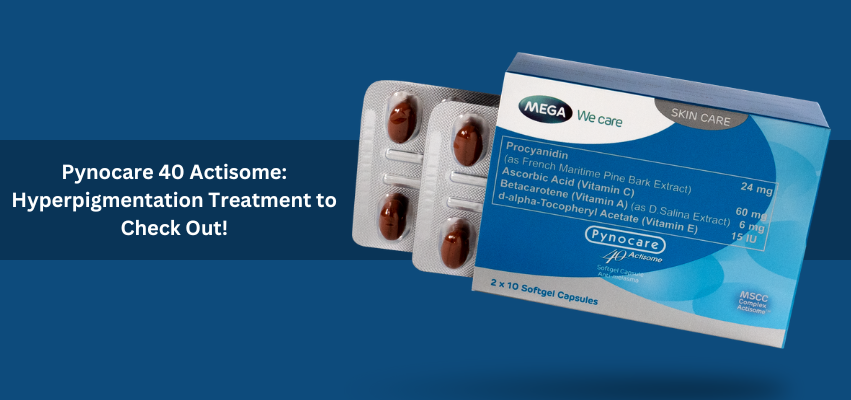
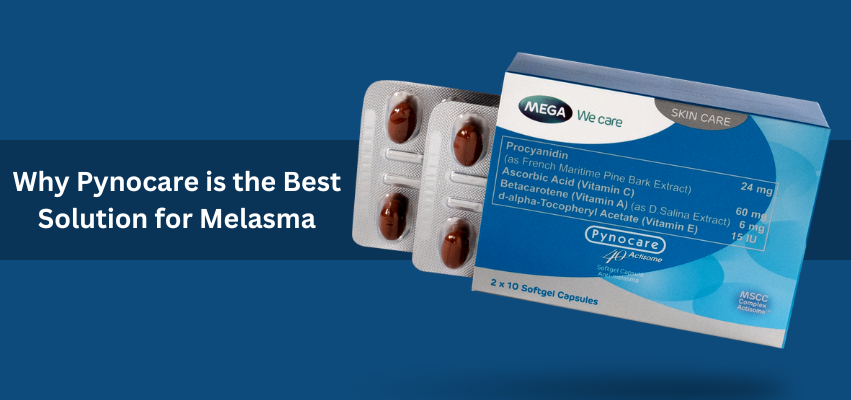
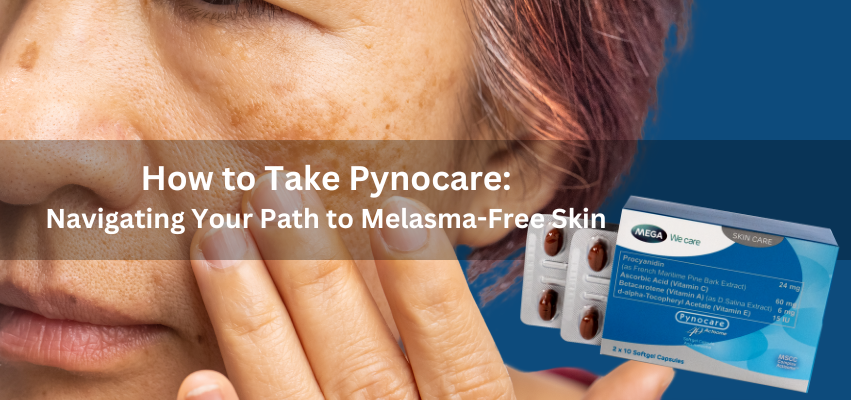


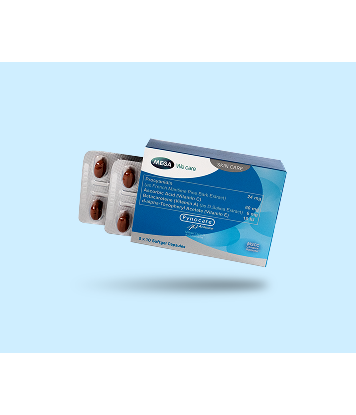


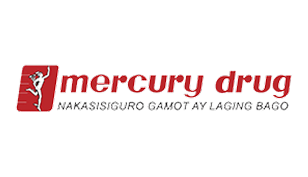








No Comments on 12 Tips on How to Prevent Pekas (Melasma) from Getting Worse this Summer